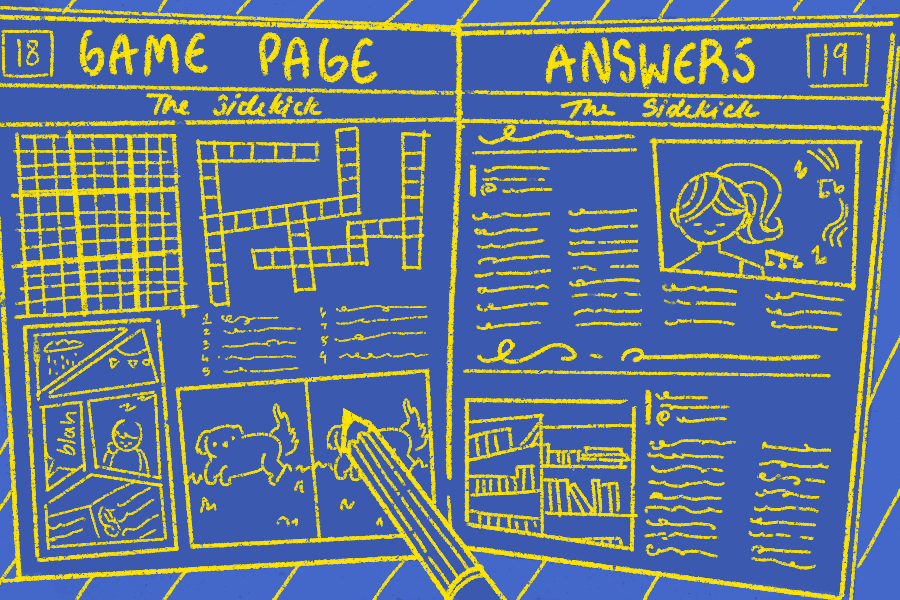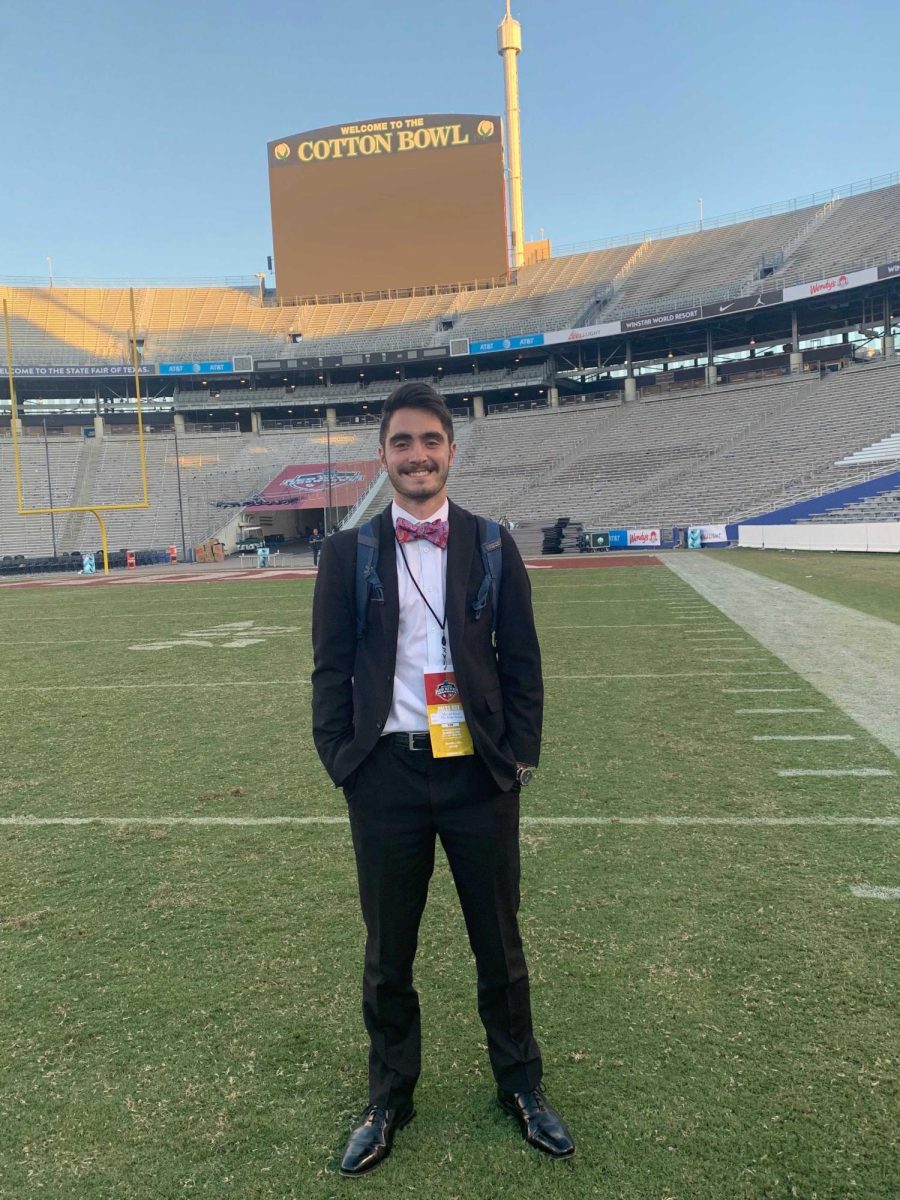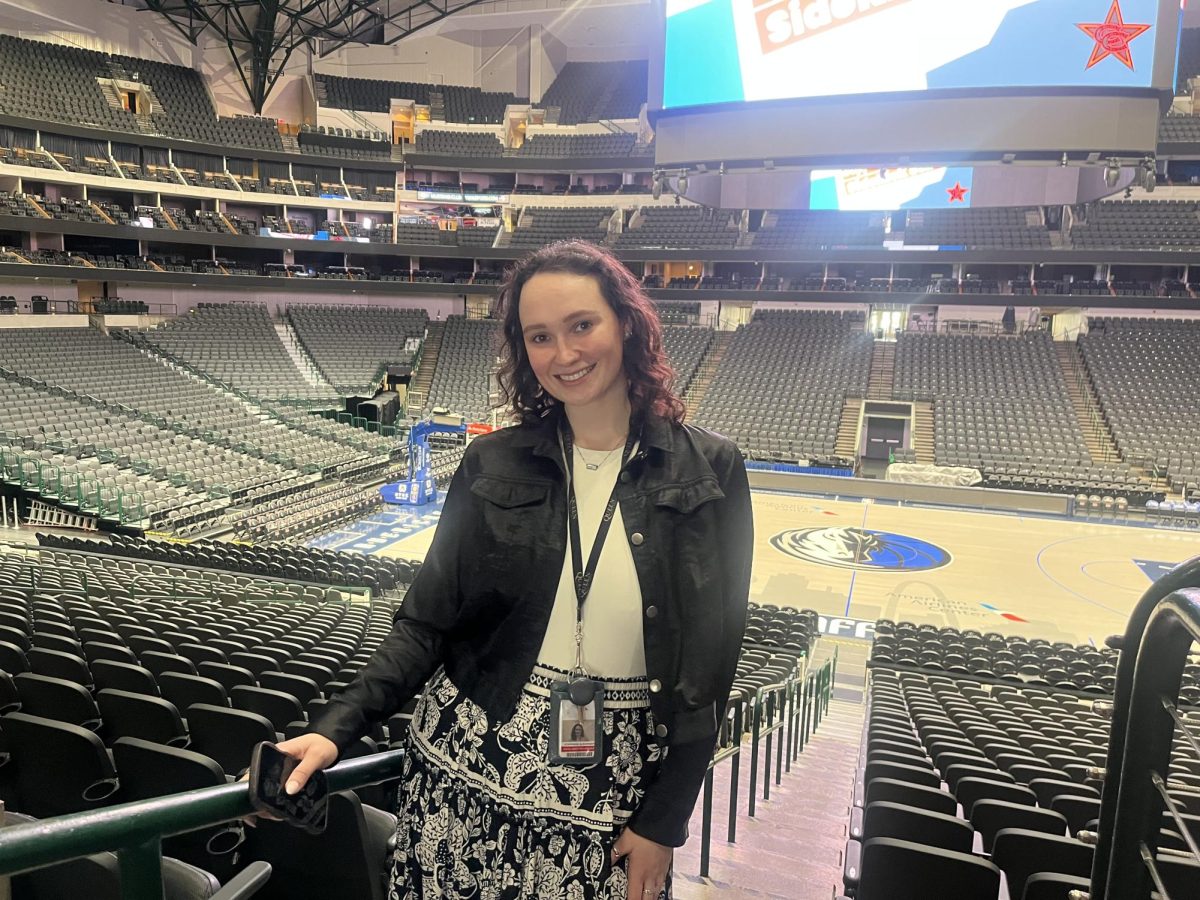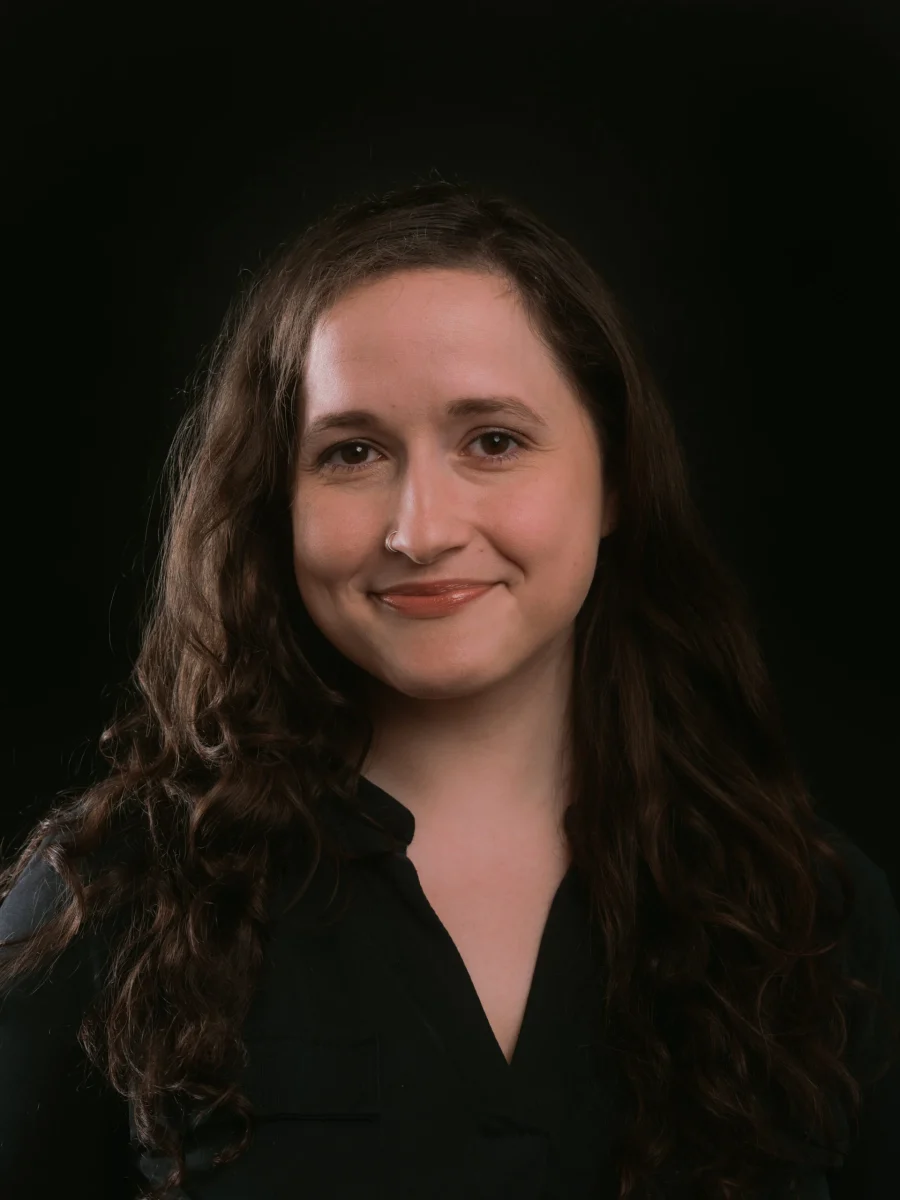By Gabby Sahm
Staff Writer
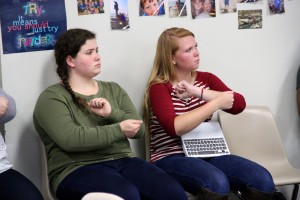
Languages, there are so many. Learning them can be a difficult task because of different pronunciations, meanings and phrases. There is, however, a language that need no words, just simple hand motions to communicate.
Sign language uses manual communication and body movements as opposed to verbal communication to convey meanings. Simple hand gestures and head movements can stand for words or complete phrases.
Many students at Coppell High School take Spanish or French as their required second language class. Most of them do not know there is another language class to take, sign language. There is, however, a few students that do participate in the sign language class.
Sophomores Adriene Miller and Tiara Nelson are just some of the students choosing to take sign language has their second language class, and have been loving it since day one.
“It looked like a fun class,” Nelson said. “I thought it would be more interesting to take it than Spanish since everybody takes that.”
Dawn Clyburn, the sign language teacher at CHS, has been teaching it for 16 years. She first became interested in the subject when her childhood babysitter was deaf. In order for her to be able to communicate, she had to learn the language. Now that she is teaching sign language, she hopes that students will realize that it is not like learning english, and that it is OK for it to be hard sometimes.
“I just want the students to know that it is OK to fail,” Clyburn said. “As long as you get back up, and try again.”
Since Miller and Nelson have been taking the class for over a year now, they both have grown very fond of the subject. This language was created so that people who are deaf can communicate. They both enjoy putting the signs and gestures into sentences so a deaf person could understand them.
“Sign language can be difficult sometimes,” Nelson said. “But with practice it gets a lot easier, and more manageable to keep track off.”
Lots of signs in sign language can look the same. It can be tough for people to differentiate between certain motions. Signs like mom and dad are only different by the position the hand is placed on your head.
“Remembering some signs can be difficult,” Miller said. “Most of them look the same, but I feel better once I get it them all right.”
The class does not just require them to use sign language inside the class but also outside. As one of their projects, they were required to sign to people with different occupations such as a police officer, fireman or pilot. They would show said person the sign for their job, and they would have to record them signing it back to them. It really inspired and helped many of the students to get out of their comfort zones of just using sign language on class.
Miller has taken more of an interest in sign language and enjoys being able to use it in and outside the class. She hopes to continue learning sign language in college, while Nelson wants to stop once she graduates high school. Regardless, both girls are happy that they took sign language as their second language class. They would not have wanted anything different.
“I really do hope I get the chance to continue sign language through college,” Miller said. “I really like being able to do something most people can not.”



